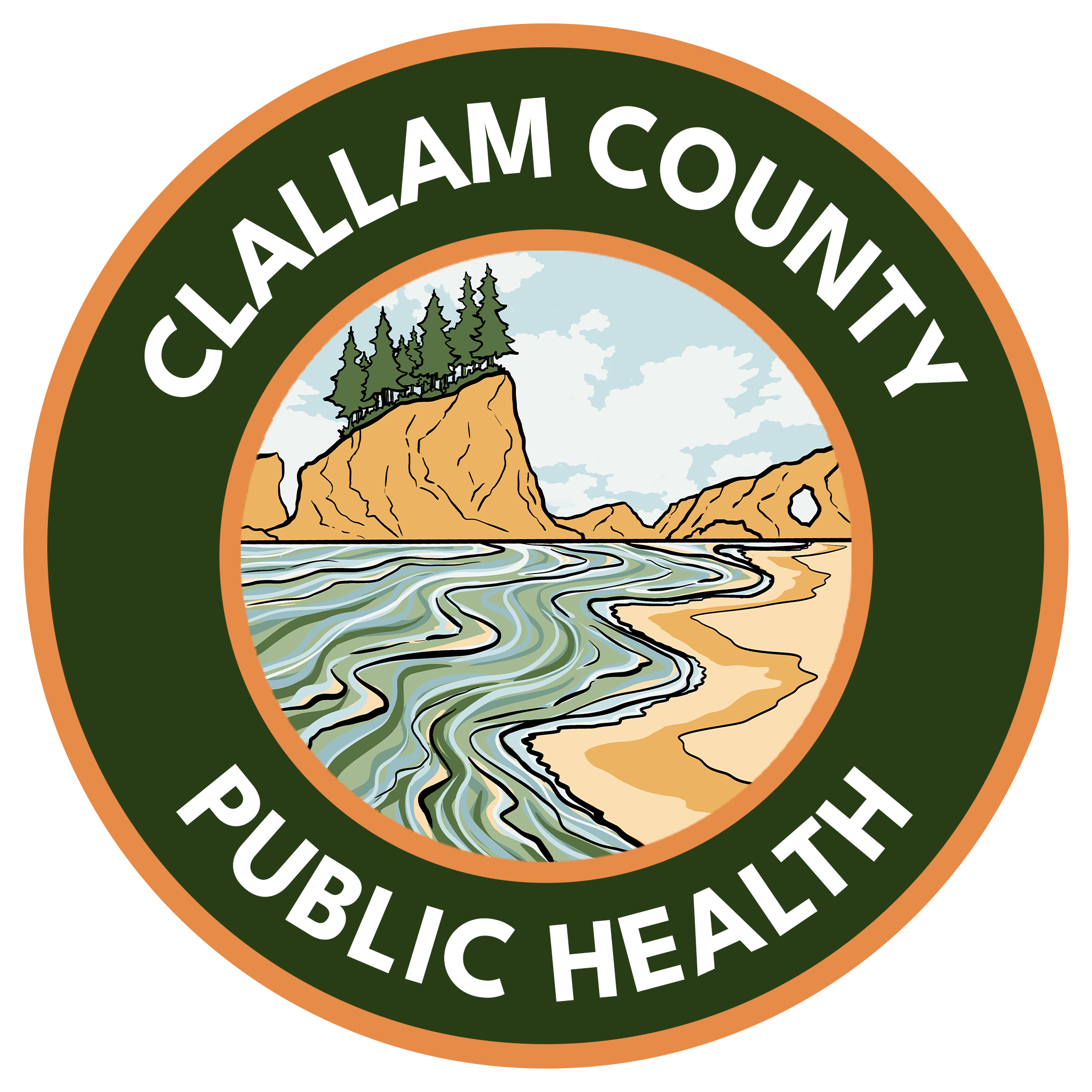What is meningococcal disease?
It is a sudden and severe illness caused by Neisseria meningitidis bacteria. It most commonly presents as meningitis and/or meningococcemia. The bacteria can also cause pneumonia, arthritis or pericarditis. The symptoms include:
It spreads through close or prolonged contact, usually by saliva or droplets produced by coughing. About 10% of people carry the bacteria with no signs or symptoms, though they can spread the infection to others.
- Sudden high fever.
- Chills.
- Severe headache.
- Stiff neck and back.
- Nausea.
- Vomiting.
- Purpura rash.
- Decreased level of consciousness.
- Difficulty breathing.
- Seizures.
It spreads through close or prolonged contact, usually by saliva or droplets produced by coughing. About 10% of people carry the bacteria with no signs or symptoms, though they can spread the infection to others.
There are 6 serogroups, or types, of N. meningitidis that cause most meningococcal disease worldwide. In the United States, serogroups B, C, and Y cause the majority of disease, and vaccines are available to protect against serogroups A, C, W, and Y (MenACWY) and serogroup B (MenB).
Providers must report confirmed meningococcal disease cases.
Use the Reportable Disease Fax Form or call Clallam County Health & Human Services for additional assistance.
Additional Information
Epidemiology
The incidence of meningococcal disease steadily declined in the U.S. from the late 1990s through 2020–21, when the incidence reached a low of 0.06–0.07 cases per 100,000 population. However, cases of meningococcal disease have increased sharply and now exceed pre-COVID-19 pandemic levels.
In 2023, the preliminary incidence of meningococcal disease was 0.13 cases per 100,000. Incidence varies by age and is highest in infants less than 1 year of age and particularly high in babies younger than 6 months.
In 2022 and 2023, serogroup Y drove the increase in incidence and accounted for a larger proportion of cases. The relative distribution of serogroups varies by age. Serogroup B causes about 40% of cases in children and adults under 25. Serogroups C, W, Y cause about 80% of all cases of meningococcal disease among people 25 and older.
The case-fatality of meningococcal disease is 10%–15%, even with appropriate antibiotic therapy. The case-fatality of meningococcemia is up to 40%. As many as 20% of survivors have permanent sequelae, such as hearing loss, neurologic damage, or loss of a limb.
Vaccination
Quadrivalent meningococcal conjugate vaccine that offers protection against serogroups A, C, Y and W-135 are given routinely at age 11. For longer duration of protection, a dose is repeated after the 16th birthday.
Two vaccine products are available against serogroup B that can be given to adolescents based on risk and with shared clinical decision-making. This vaccine has been used as a control measure for outbreaks on college campuses in the U.S.
Transmission and Incubation
Meningococcal disease is spread by direct contact with nasal or throat secretions of a carrier or ill person. The organism cannot be spread simply by being in the same room with an infected person.
Household contacts are at highest risk for transmission, but transmission is possible through sharing of eating utensils, glassware, cigarettes, or toothbrushes.
The incubation period varies from 2–10 days, most commonly 3–4 days
Diagnosis
Meningococcal disease is most commonly diagnosed by isolation of N. meningitidis from blood or cerebral spinal fluid (CSF). After administration of any antibiotics, sensitivity of bacterial culture can be low. In this situation, a Gram stain of CSF, assays to detect bacterial antigen in CSF, and polymerase chain reaction (PCR) test can be helpful.
Prophylaxis of Contacts
Antibiotics are given to close contacts of cases with meningococcal disease, regardless of vaccination status. Close contacts include:
- Intimate contacts
- Household members.
- Intimate contacts.
- Healthcare personnel performing mouth-to-mouth resuscitation.
- Daycare center playmates.
- Very close friends with whom the case may have shared cups or utensils. .
Casual contacts like classmates and co-workers usually do not require treatment. The preventive medications are:
Rifampin (drug of choice for most children; not recommended for pregnant women).
- Children under 1 month of age: 5 mg/kg by mouth every 12 hours x 2 days.
- Children over 1 month of age: 10 mg/kg by mouth every 12 hours x 2 days.
- Adults: 600 mg by mouth every 12 hours x 2 days.
Ciprofloxacin (not recommended for pregnant women).
- Children over 1 month of age: 20 mg/kg in a single dose by mouth.
- Adults: 500 mg in a single dose by mouth.
Ceftriaxone.
- Children under 15 yrs: 125 mg single IM injection.
- Adults: 250 mg single IM injection.
Resources for providers
- Clinical Overview of Meningococcal Disease, CDC.
- Meningococcal Disease Surveillance and Trends, CDC.
- Meningococcal Vaccine Recommendations, CDC.
Questions and reporting
Here’s how you can contact us.- Front Desk 360-417-2274
- M-F 8:00am to 12:00pm and 12:30pm to 4:30pm
- Afterhours Answering Service 206-517-2384 – available after 4:30pm and weekends
- Communicable Disease Reporting – 24 hours a day 7 days a week
- Report Line 360-417-2412
- Confidential Fax 360-452-4492
